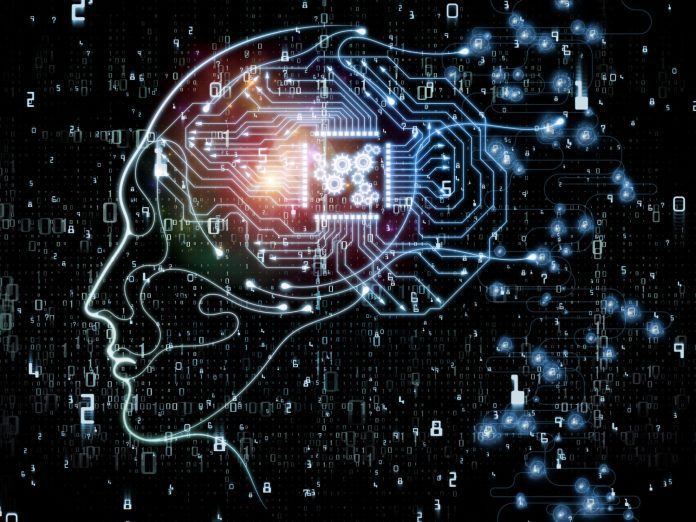AI combines analytics and automation into actionable insight
Having been the preserve of mathematicians and sci-fi writers for 70 years, since Alan Turing showed digital computers could simulate formal reasoning, the field of artificial intelligence appears to be coming of age at last in practical terms. Its application, as “weak” or “narrow” AI, has been spurred in commercial enterprise by advances in cloud computing and machine learning (ML) techniques.
The classifications, “narrow” and “general”, distinguish a more limited branch of AI, as practiced in the technology sector today, from the more far-out view of sentient machines, as considered by scientists in academic papers. “The purists would argue none of the technologies presented as artificial intelligence by telecoms practitioners is the real deal,” remarks Dimitris Mavrakis, research director at ABI Research. “Most stuff in telecoms is not really AI, in the traditional sense.”
In narrower terms, AI presents the idea of intelligent machines, able to perform certain tasks with human-like knowledge; ML is the means to achieve this higher machine-state. Ericsson unites them under a single banner, as ‘machine intelligence’; the pair combines, it notes, “to create data driven, intelligent, robust systems for automation, evolution and disruption”.
But these disciplines diverge as well, serving different ends. ML feeds on data, in huge volumes, driving out patterns and deviations. AI is governed by facts, knowledge, and logic. The commercial outputs are different: Ericsson’s applied analytics, underpinned by AI and ML techniques, informs its product set; learned automation, underpinned by the same, stimulates its services offer.
But there is a trap. The conflation of the two previously mentioned technologies with high-grade analytics and automation is wrong. AI can help to achieve the perfect bake, regardless of the quality of the larder or equipment. It should save the baker time and money at the same time. “AI does not mean big data and analytics. They are inputs into an intelligent system, but they are not AI, and they’re not what operators need, actually,” remarks Jay Perrett, founder and chief technology officer at Aria Networks.
Analytics is way to make correlations, and automation is an action that follows an analytical sequence; AI is the human-like intuition that links the two, and makes insights actionable. In networking, it is a tool to improve the way services are delivered in a dynamic environment, where margins are constrained. Every aspect of network operations, from design through to management, will be touched by AI and ML, says Perrett.
“Not because it’s clever, but because it’s necessary.” The “explosion” of endpoints on network systems, as 5G and IoT technologies become prevalent, makes it so.
Click here to register for the Enterprise IoT Insights webinar on March 21st on the developing role of AI in telecoms. Look out for the editorial report, ‘Artificial intelligence and machine learning: making IoT work for telecoms’, also published March 21st.

